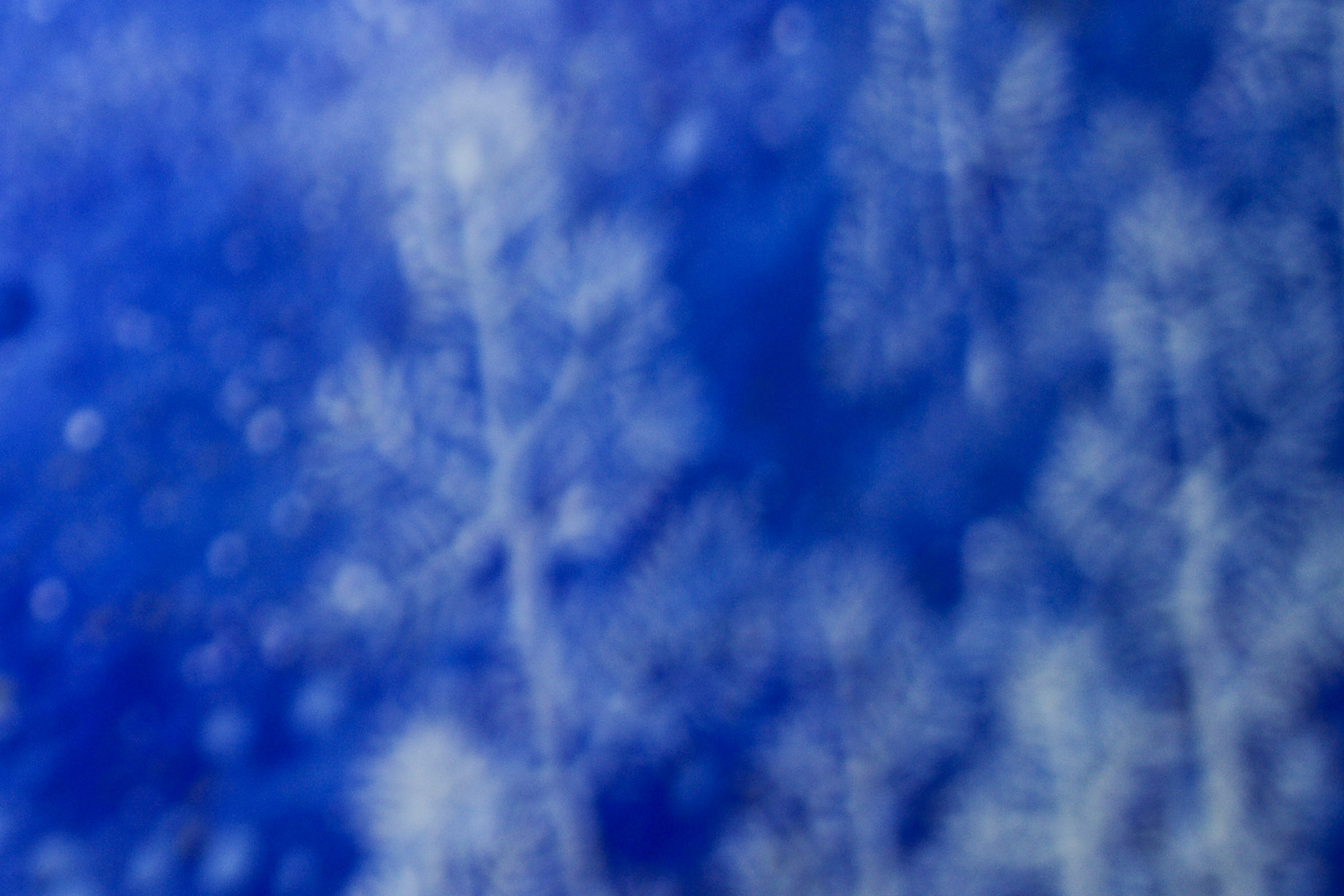The Beauty of Prayer: On Karakami as Art (2010)
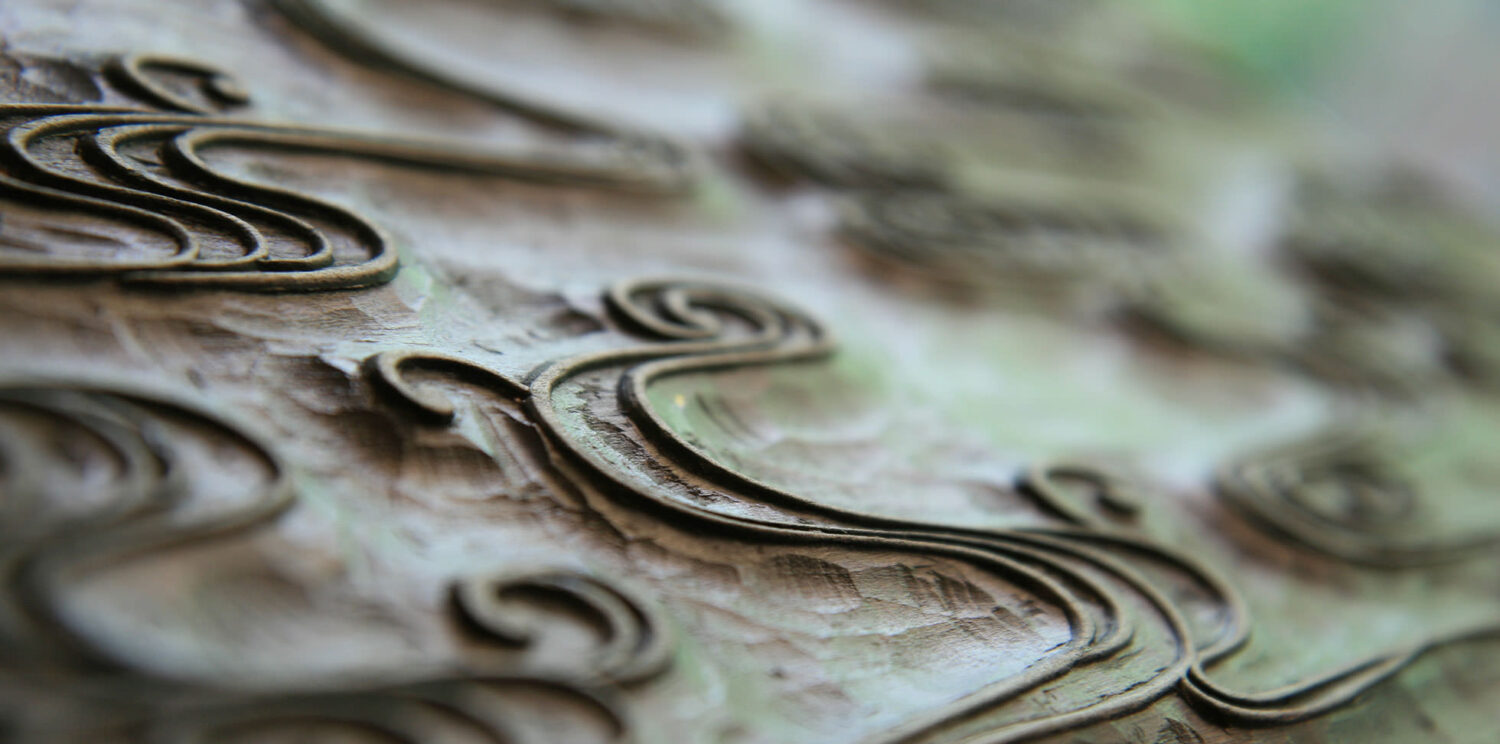
Since releasing my work “Hoshi ni Negai o (Wish Upon a Star)” several years ago, I have been continuing to use my original technique of “shifukuzuri printing,” which combines Western pointillism and Eastern tarashikomi in a method of using the fingers to apply paint to washi paper tens of thousands of times. I express two beauties of nature and my gratitude and prayers as “karakami alive in the present.”
One of these beauties of nature is irregularity
Rooted in the idea that all things in the natural world can attain enlightenment and praying for the world to be peaceful and happy, the karakami that I aimed for and attained—a karakami with presence—was born by blotting and mixing countless colored dots tens of thousands of times in the same way as tarashikomi. I created a light and colored it with these hands, each of which holds ten swirling fingerprints that are utterly unique in this world. The strange thing about tarashikomi is that in being uneven and unfinished, it gives birth to something beyond technique and consciousness. As I face the sheets of karakami paper, I stand with the water god, the generations of ancestors, and the thousands or tens of thousands of souls who have loved karakami. I try to make myself a transparent passageway. In other words, there is meaning in departing from myself. To become nothing. To expunge myself. This raises the quality and level of the resulting work of art.
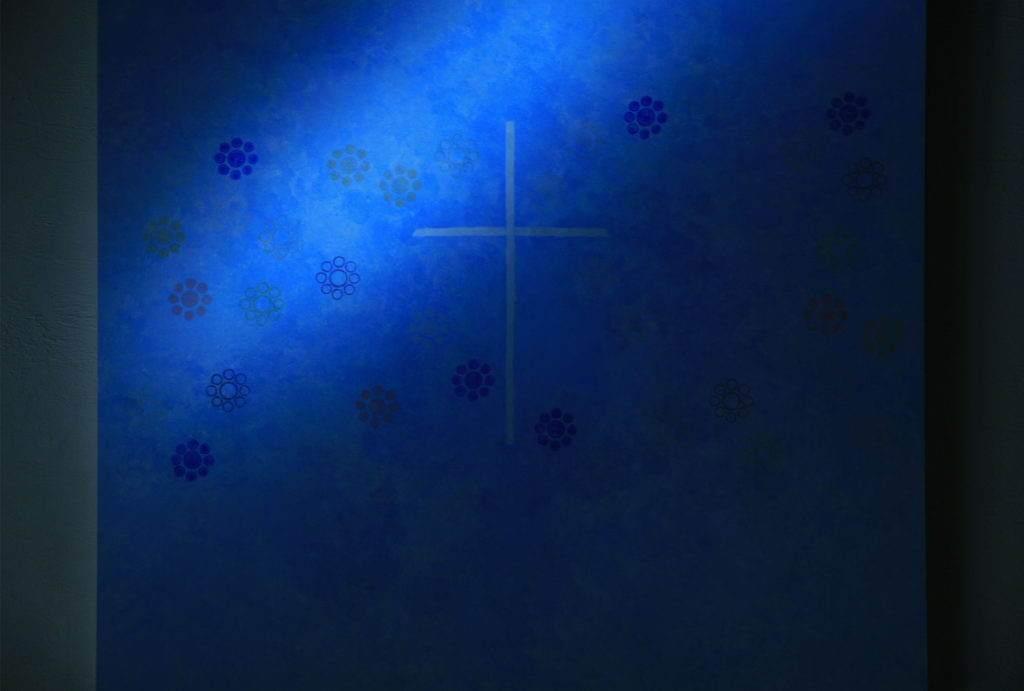
The other beauty of nature is diversity
There is purity and beauty in the mixing of differing things. A green forest is not simply green. The green color is the outcome of a multitude of different things—leaves, branches, the soil, birds, butterflies, and others—coming together in harmony. This is how I came to discover the beautiful colors to be found within assemblies of difference, achieved by layering and blotting different colors. I believe that this acceptance of change and the value that comes from diversity will lead to the evolution of things.
There have been more than 11 generations of Karacho. Going back 10 generations, you will have over 1,000 ancestors, even if you only count the mothers and fathers. If I consider not only family but also the people and their families who have been involved in and contributed to Karacho’s work over the generations, then the number of people is many thousands. If I further broaden the scope to include the customers who have loved Karacho and created its history together with us, as well as their families, then the number of souls who have made it possible to make this karakami paper easily numbers in the tens of thousands. Each act of layering one color upon another is an expression of my gratitude for this support and impels me to color the paper tens of thousands of times.
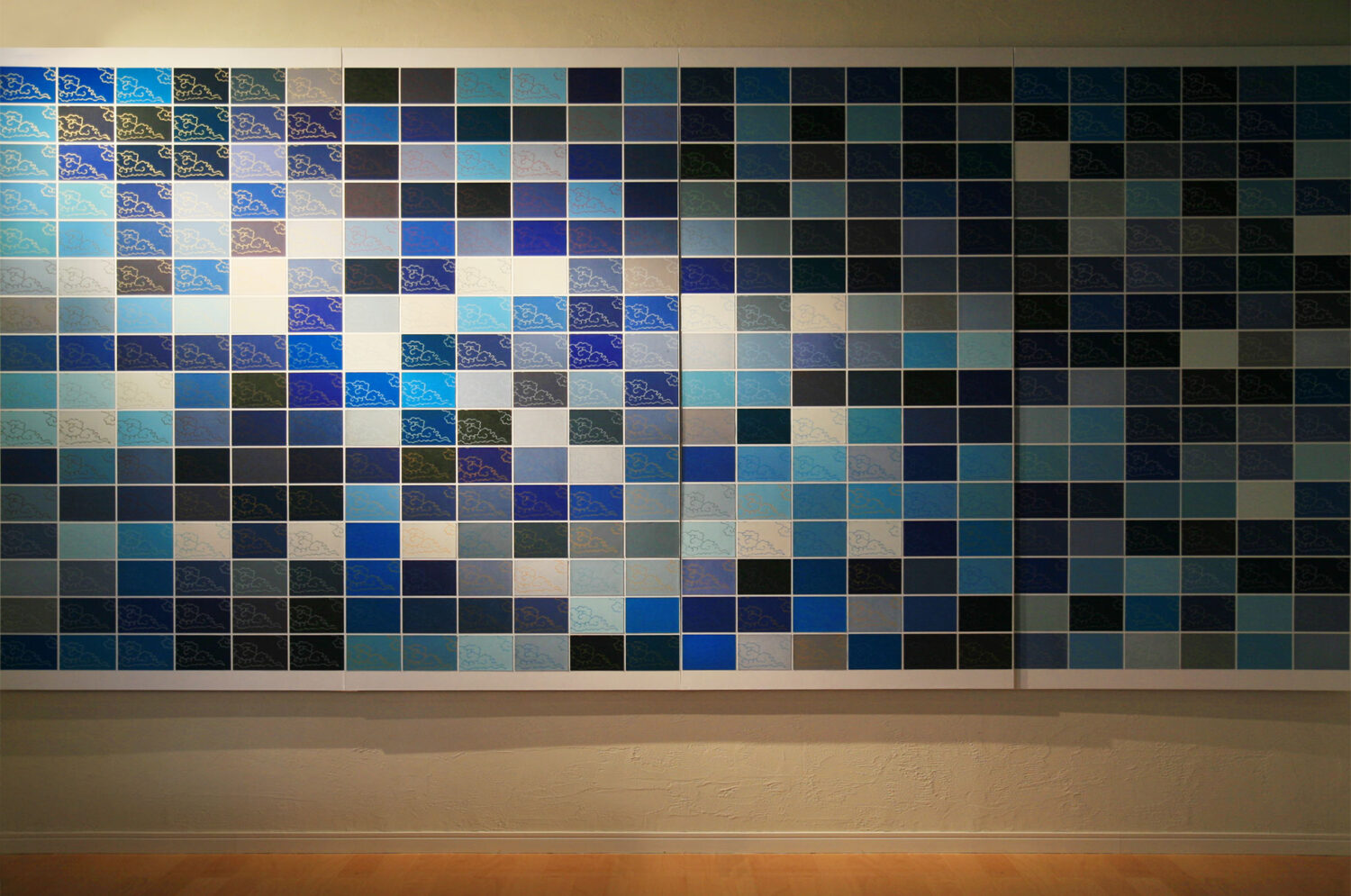
Tadahito Tsutsui, formerly of the Agency for Cultural Affairs, gave my technique its name, remarking that, “Your coloring technique incorporates a prayer that happiness will one day come to the world. Let us call it ‘shifukuzuri printing’ with the double meaning of the pads of the fingers (‘shifukuzuri’ in Japanese) and bliss (also ‘shifukuzuri’).” I am grateful to him for his contribution. The path of art born out of the 400-year history of traditional karakami is my license to travel the world and journey into the future. As the lifestyles of Japanese people change, traditional Japanese-style rooms and sliding doors are gradually disappearing. We cannot allow it to happen, but if we imagine that all fusuma sliding doors were to disappear from Japanese life in 100 years, then the world would soon forget the karakami that adorned them. However, as long as humans live, beauty (and therefore art) will continue to exist. Karakami will continue to exist as art, not only in Japan but throughout the world for 100 or even 1,000 years.
In other words, I will pass karakami on to the future. I believe that in order to stay the same, we must change continuously, and that finding new value in change and diversity is the secret to communicating the message across the stretches of time. The beauty of karakami leads to a love of nature. We want to strike a chord with people through the latent power of karakami. I believe that with its richness of heart and mind, the spirit of Japan, which has sensed all of the gods and spirits, loved nature, and embraced diversity and progress, will bring serenity to the world. Peace will come to the world through the beauty of karakami. In other words, karakami has the power to make people happy.
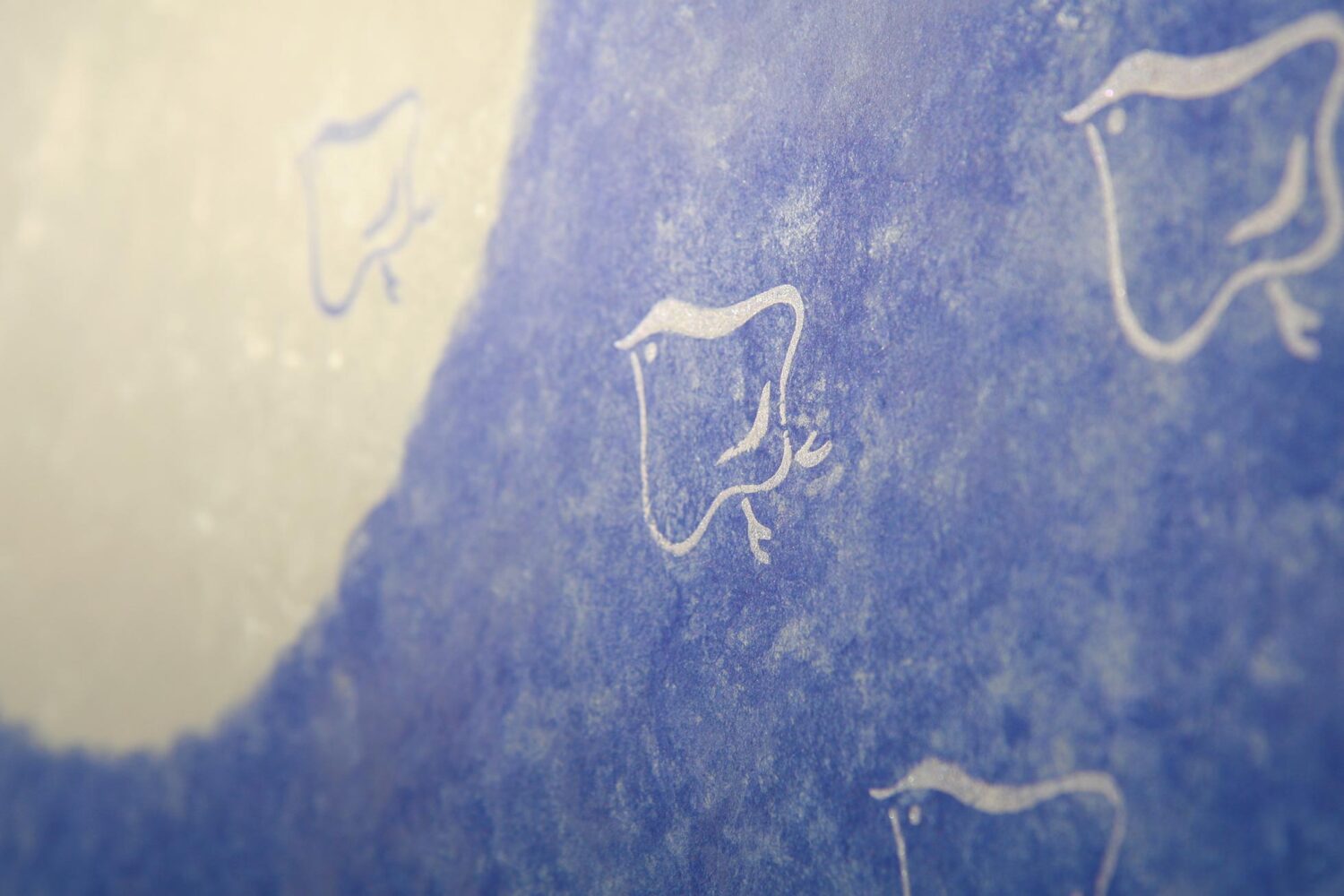
I pray that the world will find peace, and its citizens will enjoy tranquility and happiness through karakami.
──────Toto Akihiko, Karakami-shi

